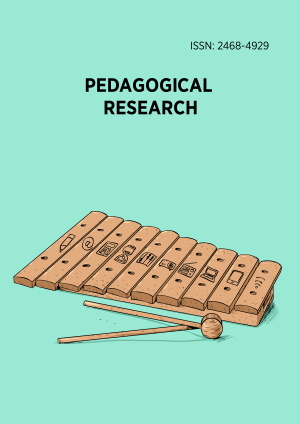Abstract
The purpose of this study was to examine whether a simulation-integrated context-based 7E instructional strategy (SICBIS) could increase students’ achievement in the chemistry of oxides, acids, bases, and salts (COABS) when compared to context-based 7E instructional strategy (CBIS), simulation-integrated conventional teaching approach (SICTA), and conventional teaching approach (CTA). An embedded mixed-method was employed. For the quantitative part, a 25-item chemistry achievement test was utilized to collect data from 229 grade 10 students as part of a quasi-experimental pre-/post-test control group study design. Both descriptive and inferential statistics were utilized to analyse the data. Semi-structured interviews were used to triangulate it the with quantitative results. Quantitative results demonstrated that although difference was not statistically significant, incorporating computer simulations within CBIS helps students do better than they would have without. SICBIS and CBIS outperformed SICTA and CTA in COABS. Also, implications and recommendations are made.
License
This is an open access article distributed under the Creative Commons Attribution License which permits unrestricted use, distribution, and reproduction in any medium, provided the original work is properly cited.
Article Type: Research Article
PEDAGOGICAL RES, Volume 8, Issue 4, October 2023, Article No: em0173
https://doi.org/10.29333/pr/13850
Article Views: 1217
Article Downloads: 864
Open Access References How to cite this article
 Full Text (PDF)
Full Text (PDF)